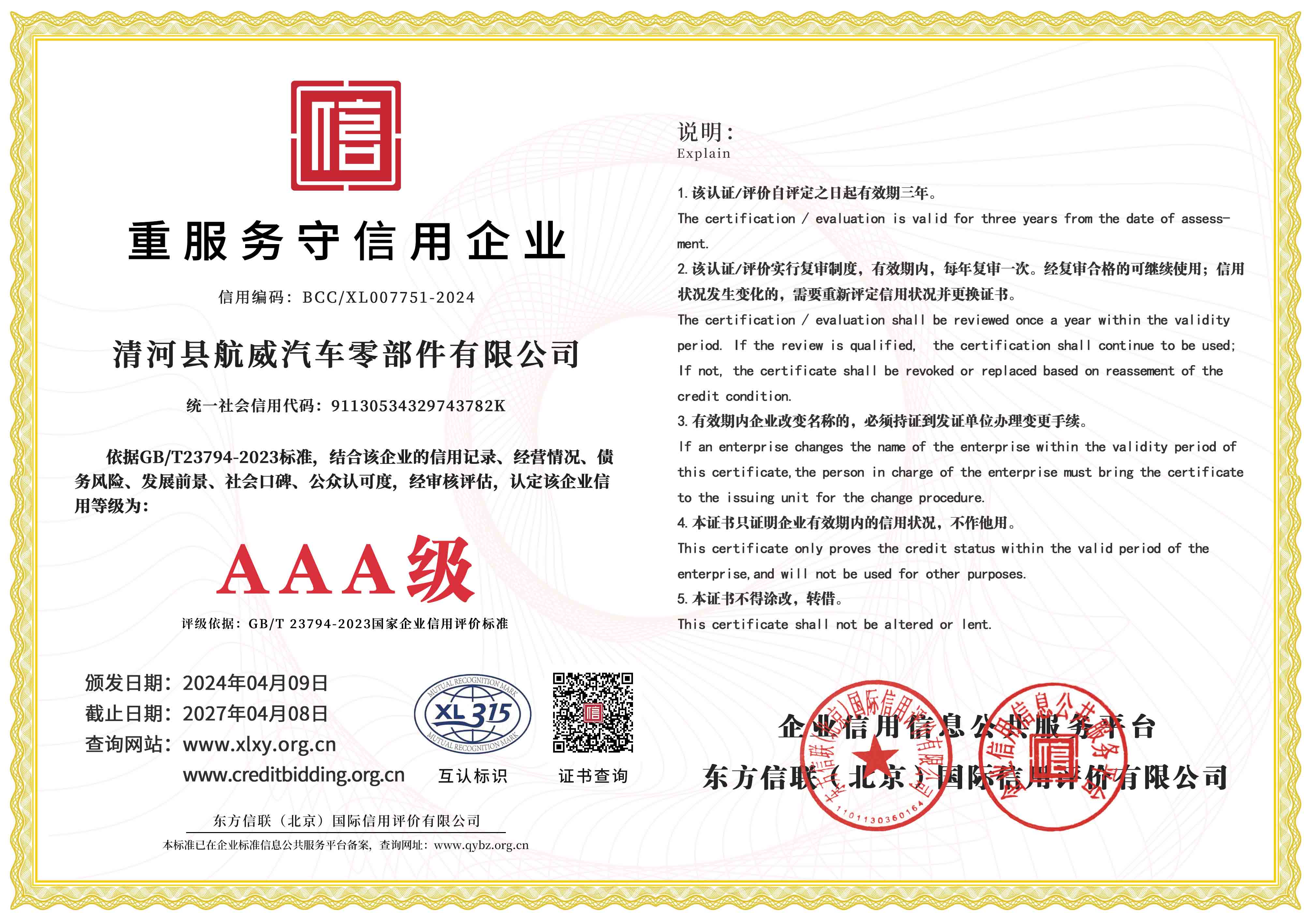Understanding the Functionality and Importance of Wire Throttle Cables in Modern Vehicles
Understanding Wire Throttle Cables Function, Design, and Maintenance
Wire throttle cables are critical components in various mechanical systems, especially in vehicles and machinery where precise control of the throttle is necessary. These cables are essential for translating the driver’s or operator's intent into actionable acceleration or deceleration, making them an integral part of automotive and machinery performance.
Function of Wire Throttle Cables
At its core, a wire throttle cable connects the throttle pedal in a vehicle to the throttle body or carburetor. When a driver presses the accelerator pedal, it pulls on the throttle cable, which in turn opens the throttle valve, allowing air (and fuel) to enter the engine, thus increasing its power output. The precision with which this mechanism operates directly affects vehicle responsiveness, fuel efficiency, and overall performance.
Wire throttle cables are typically constructed from high-strength steel wire, encased in a protective sheath that prevents abrasion and wear. The wire inside the sheath ensures flexibility, allowing for smooth movement and minimal resistance. Some modern vehicles may employ electronic throttle control (ETC) systems, which utilize sensors and motors instead of a direct mechanical cable. However, traditional wire throttle cables remain in use in many older and some current models due to their simplicity and reliability.
Design and Construction
The design of wire throttle cables is straightforward yet effective. The cable system usually consists of three main components the inner cable (the wire), the outer casing (the sheath), and the end fittings (connectors at each end). The inner cable is the component that actually moves when tension is applied from the pedal. The outer casing ensures the cable stays guided and protected from environmental factors such as dirt, moisture, and mechanical wear.
wire throttle cable

The end fittings of the throttle cable are designed for secure attachment to both the throttle pedal and the throttle body. This secure connection is vital for accurate throttle control, as any play or looseness can lead to unresponsive or erratic throttle behavior. Additionally, there are often adjustment points along the cable assembly, allowing for fine-tuning of the throttle response to suit the driver’s preferences.
Maintenance of Wire Throttle Cables
Like all mechanical components, wire throttle cables can experience wear and tear over time. Regular maintenance is crucial to ensure proper functionality and to prevent failure. Signs that a throttle cable may need attention include a sticky throttle, excessive resistance when pressing the accelerator pedal, or unusual noises during operation.
To maintain a wire throttle cable, it is advisable to regularly inspect the cable and its fittings for signs of fraying, rust, or damage. Lubricating the cable can also help reduce friction, making the throttle respone smoother. If any damage is detected, replacing the cable is typically a straightforward process that can prevent further complications or safety issues.
Conclusion
In summary, wire throttle cables may seem like simple components, but they play a vital role in the performance and safety of vehicles and machinery. Understanding their function, design, and maintenance can help ensure efficient operation and prolong the life of the vehicle. Whether in classic cars or modern machinery, the wire throttle cable remains a significant link between human intent and mechanical action, exemplifying the elegance of engineering design in everyday life.
-
Upgrade Your Vehicle with High-Quality Handbrake CablesNewsNov.01,2024
-
Optimize Your Bike's Performance with Quality CablesNewsNov.01,2024
-
Enhance Your Vehicle's Performance with Quality Clutch ComponentsNewsNov.01,2024
-
Elevate Your Vehicle's Performance with Quality Throttle CablesNewsNov.01,2024
-
Elevate Your Vehicle's Performance with Quality CablesNewsNov.01,2024
-
Affordable Solutions for Your Cable NeedsNewsNov.01,2024
